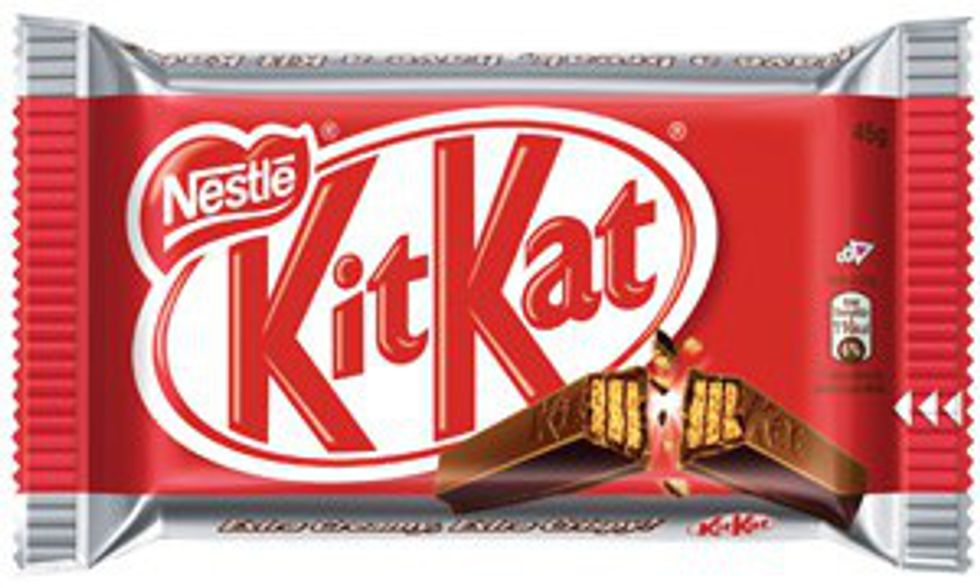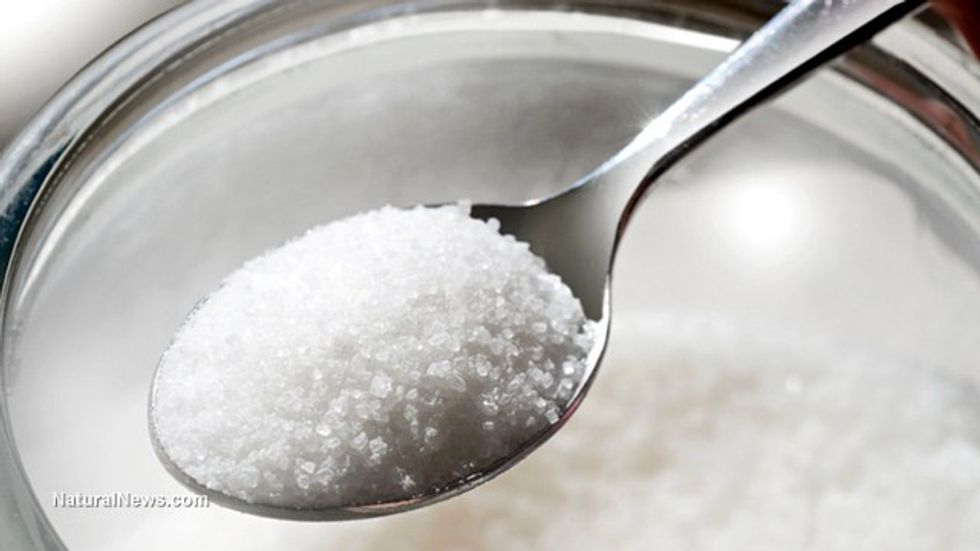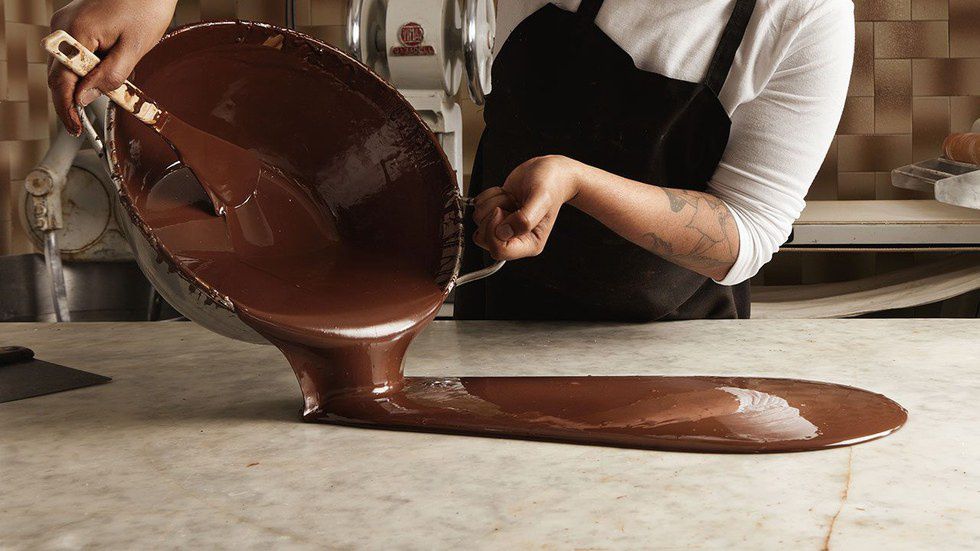Chocolate is changing, my friends. I have been a proud chocoholic for almost 20 years now. I like my chocolate. I like it whenever, wherever. But chocolate is changing! However, this may not be a bad thing.
Chocolate is easily one of the world’s most popular foods. Candy bars, personally viewed as the easiest sources of chocolate, are high in sugar. Chocolate in general is also high in fat. Due to science, these aspects of chocolate may be changing. Am I okay with that? Well, due to the fact that candy bars generally have 20 plus grams of sugar and are 40-60% fat, a healthier option wouldn’t hurt... But will the taste be compromised? Let’s find out.
I am a proud chocolate lover. And come finals week, with each thought of stress comes yet another candy bar or bite of chocolate. The worst part about chocolate, though, is the amount of sugar. When I go to eat a Nestlé Kit-Kat, knowing I will be putting 23.8 grams of sugar into my body may not be too bad (it is but I would like to think it isn’t). But when I’m stress eating a few of these bars a day, the sugar really begins to add up.
Luckily for me, and my fellow chocoholics, Nestlé recently made a breakthrough. They say that they can cut the sugar in some of their chocolate bars by 40%. Better yet, it won’t change the way the candy bar tastes!
This new process “structure[s] sugar differently”. By chemically making the sugar quicker to dissolve, the tongue perceives a lesser amount of this new sugar as an identical level of sweetness as in the old candy bars. They call this new sugar 'hollow sugar'. By using the hollow sugar that is quicker to dissolve, they can significantly decrease the amount of sugar in their candy bars.
Hearing this, I have to admit I was skeptical at first. What will it taste like? Will they use artificial ingredients to sweeten the candy instead? How are they physically changing the sugar?
When I went to research a bit more, I couldn’t find much information regarding this new sugar. Because Nestlé is currently undergoing the process to patent this new hollow sugar, they are unable to comment on issues related to “calories, costs and regulatory approvals”.
But sugar isn’t the only place chocolate where chocolate exceeds healthy limits. Chocolate is 40 to 60% fat. Believe it or not, scientists have found a way to use a less cocoa butter—where most of the fat comes from.
It seems simple…just take some out, right? Unfortunately, the reason there is so much cocoa butter in chocolate is that if the producers reduce the fat level of chocolate below 36%—by using less cocoa butter—the chocolate becomes thick and clumpy and clogs machinery. For years, low fat chocolate has been notoriously difficult to make.
However, the times are changing! Scientists have discovered that by applying electrical fields in the direction the chocolate needs to flow through this machinery, they can produce chocolate with 10% less fat. This process is called electrorheology.
And to put the icing on the cake—obviously chocolate icing—the lower fat chocolate is said to be healthier and maybe even taste better than normal chocolate.
This is the year of the chocoholic. And as I go back to studying for finals, I will remind myself that change is coming. But since I do not have the luxury of eating hollow sugar Kit Kats or low-fat chocolate, I have to accept the sugar, calories and fat…for now.













































